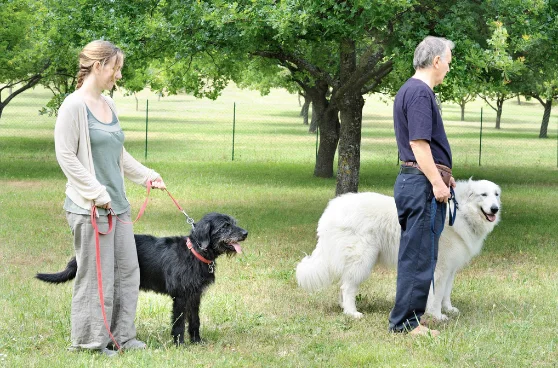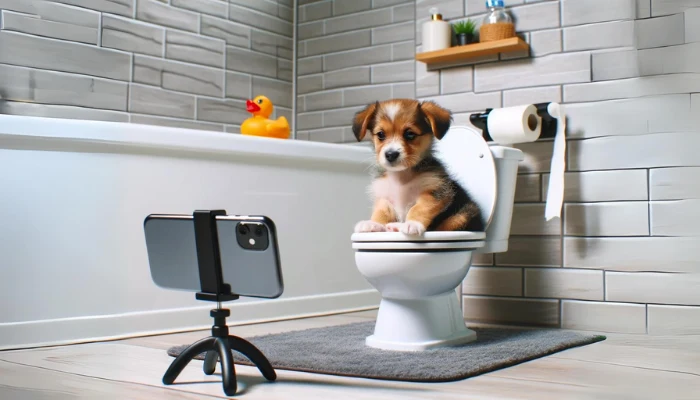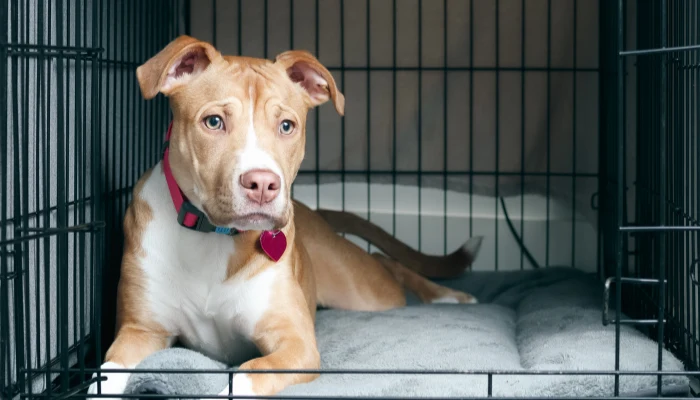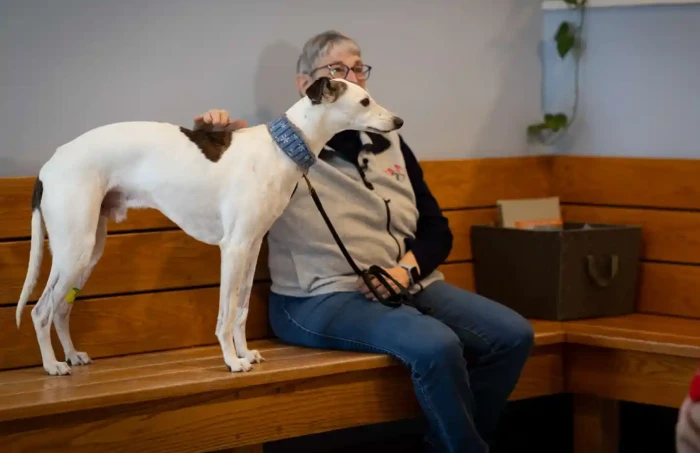Finding the right dog trainer can greatly contribute to the well-being and behavior of your furry friend. Whether you’re dealing with basic obedience training or addressing specific behavioral issues, a skilled and knowledgeable dog trainer can make a world of difference. In this comprehensive guide, we’ll walk you through the process of finding the best dog trainer for you and your canine companion, covering the most common training styles, key considerations, red flags to watch out for, and best practices.
Understand Different Training Styles
Familiarize yourself with the various training styles commonly employed by dog trainers. Here are the most popular ones:
Positive Reinforcement: Emphasizes rewarding desired behaviors with treats, praise, or play. This style focuses on encouraging and reinforcing good behavior rather than using punishment or aversive methods.
Clicker Training: Utilizes a clicker as a marker for desired behavior, followed by rewards. It helps dogs associate the sound of the clicker with positive reinforcement.
Science-Based Training: Draws on evidence-based techniques and principles of animal behavior to train dogs effectively. This approach relies on positive reinforcement and avoids the use of aversive methods.
Balanced Training: Combines positive reinforcement with mild corrections to achieve desired behavior. It aims to strike a balance between rewards and corrections to shape a dog’s behavior.
Determine Your Training Goals
Identify your specific training goals and the behaviors you would like to address. Whether it’s basic obedience, leash manners, aggression, or separation anxiety, having clear objectives will help you find a trainer with expertise in your specific areas of focus.
Research Trainers and their Backgrounds
Take the time to research and gather information about potential dog trainers. Look for trainers who are certified or have undergone professional training programs.
Consider their experience, expertise, and areas of specialization. Online reviews, testimonials, and recommendations from trusted sources can provide valuable insights into their reputation and success rate.
Observe Training Sessions
Request to observe a training session conducted by the trainer you are considering. Observing their teaching methods firsthand will allow you to assess their communication style, interaction with dogs, and overall approach to training. Pay attention to their ability to create a positive and safe learning environment.

Ask About Techniques and Tools Used
Inquire about the techniques and tools employed by the trainer. A reputable trainer should be transparent about their training methods and explain how they align with your training goals. Avoid trainers who rely heavily on punishment-based or aversive methods, as these can have long-lasting negative effects on your dog’s well-being.
Check Credentials and Professional Affiliations
Verify the trainer’s credentials, certifications, and any professional affiliations they hold. Organizations such as the Certification Council for Professional Dog Trainers (CCPDT) and the International Association of Animal Behavior Consultants (IAABC) set high standards for ethical training practices. A trainer who maintains ongoing education demonstrates a commitment to staying up-to-date with the latest training techniques.
Evaluate Communication and Compatibility
Effective communication between you, the trainer, and your dog is vital. Ensure the trainer is attentive to your concerns, addresses your questions, and listens to your input. Look for a trainer who takes the time to understand your dog’s personality, adapts training methods to suit their individual needs, and values a collaborative approach.
Assess Training Environment and Class Structure
If you are considering group training classes, visit the training facility and observe the environment. Ensure it is safe, clean, and well-maintained. Assess the class structure, including class sizes, student-to-trainer ratios, and the trainer’s ability to provide individual attention when needed.
Red Flags to Avoid
Be cautious of trainers who make unrealistic promises or guarantee immediate results. Avoid trainers who rely heavily on punishment, physical force, or use equipment that causes unnecessary discomfort or harm to your dog. Trust your instincts and steer clear of trainers who disregard your concerns or dismiss positive reinforcement techniques entirely.
Consider Continuing Education and Support
A great dog trainer goes beyond just training sessions. Inquire about post-training support, resources, and guidance they offer to ensure a successful transition and ongoing progress. A trainer who encourages lifelong learning and provides ongoing education materials can significantly benefit you and your dog’s journey.
Let’s Review…
Finding the best dog trainer is an important investment in your dog’s future. By understanding different training styles, researching trainers, and evaluating their expertise and methods, you can make an informed decision.
Remember to prioritize positive reinforcement, effective communication, and a trainer who aligns with your training goals and values. With the right trainer by your side, you can establish a strong bond with your dog and help them become a well-behaved and happy member of your family.
























